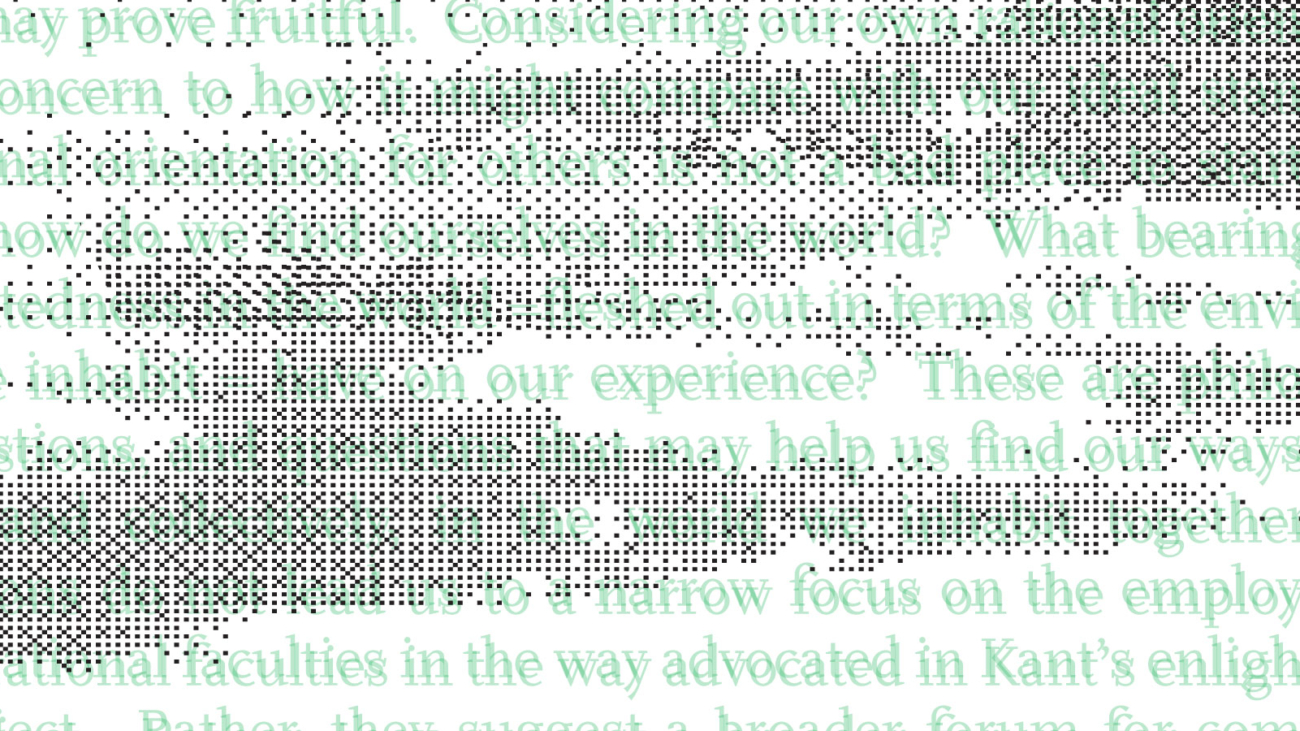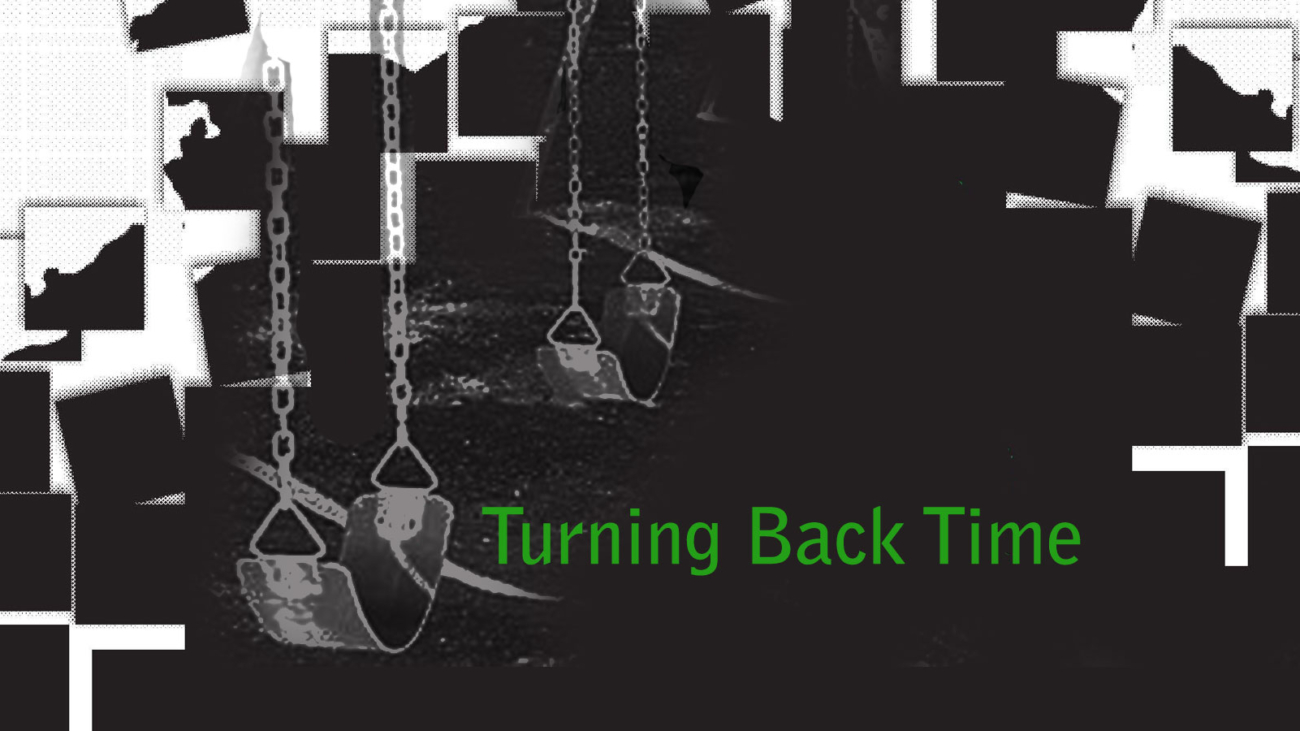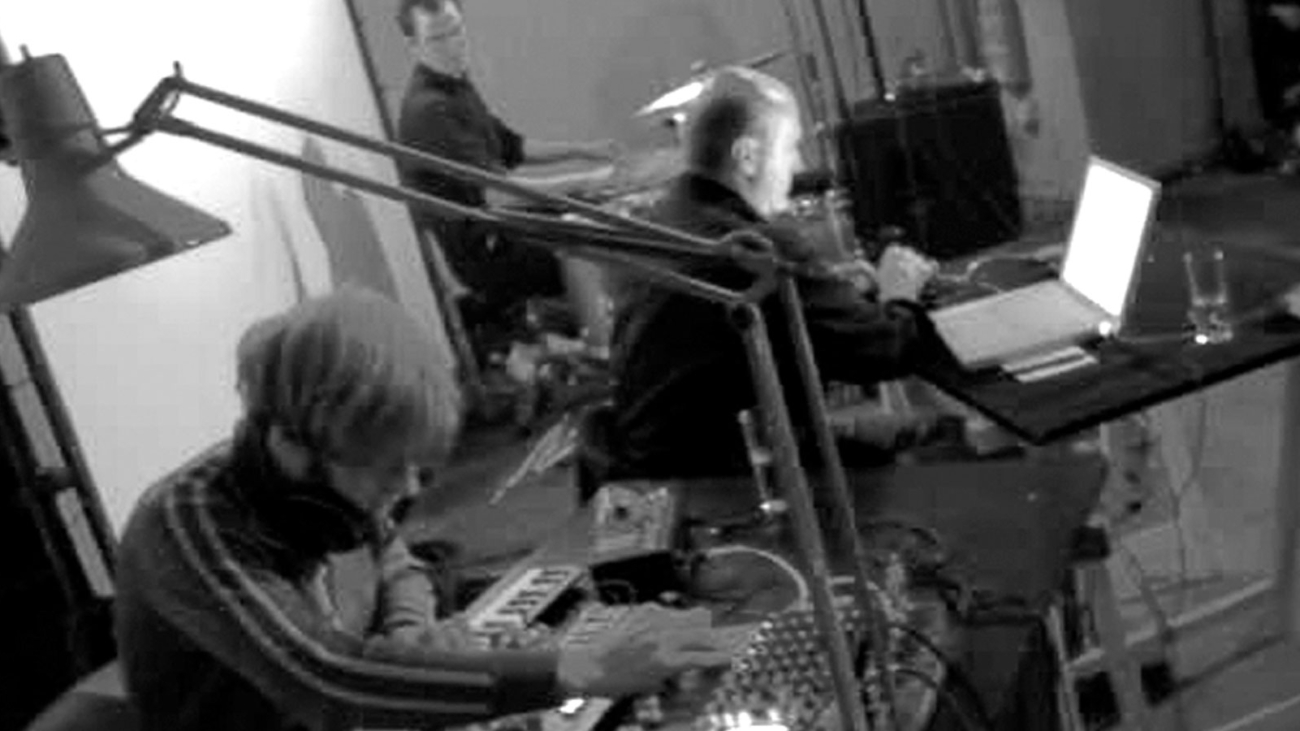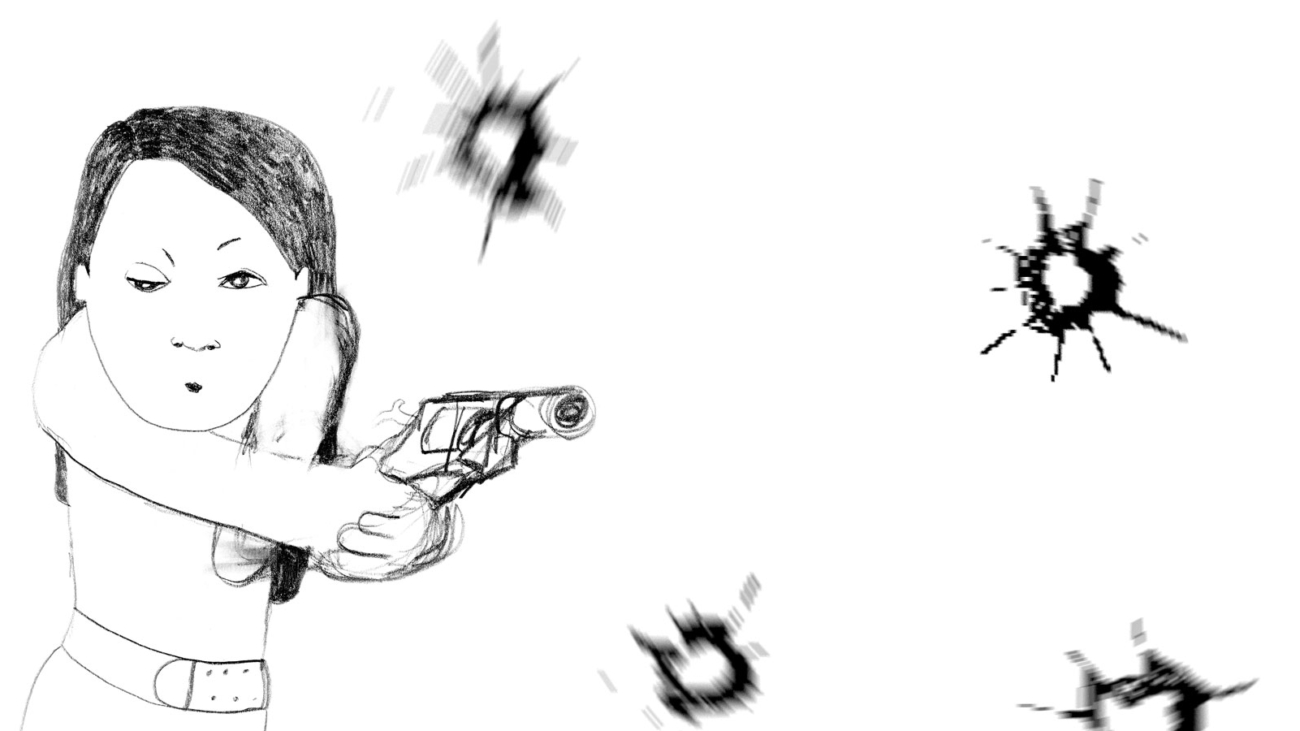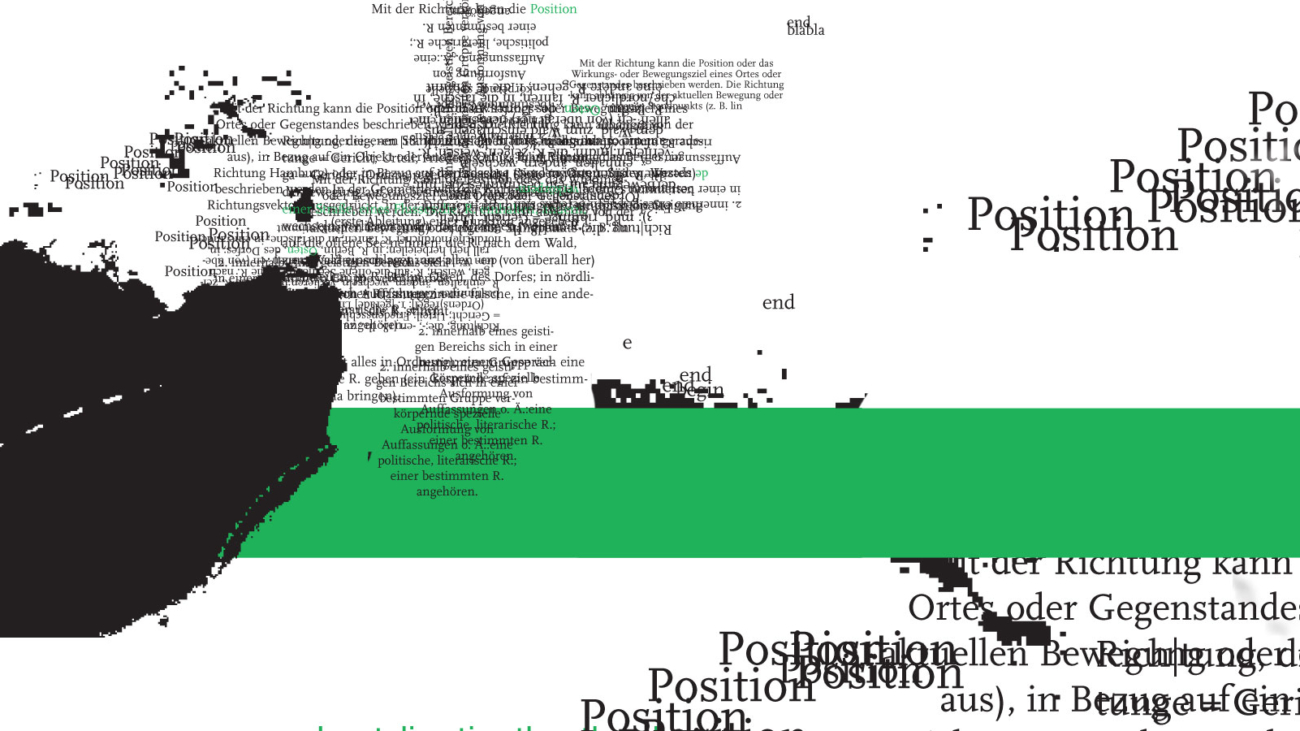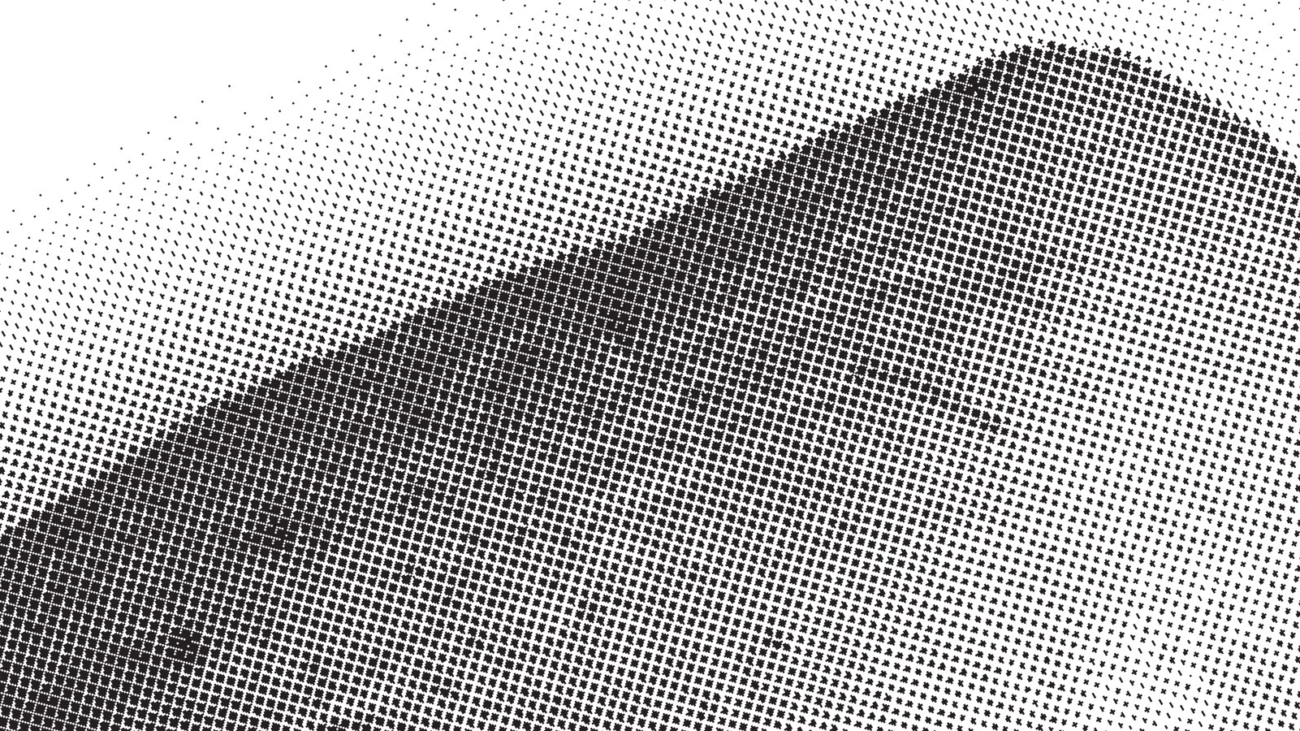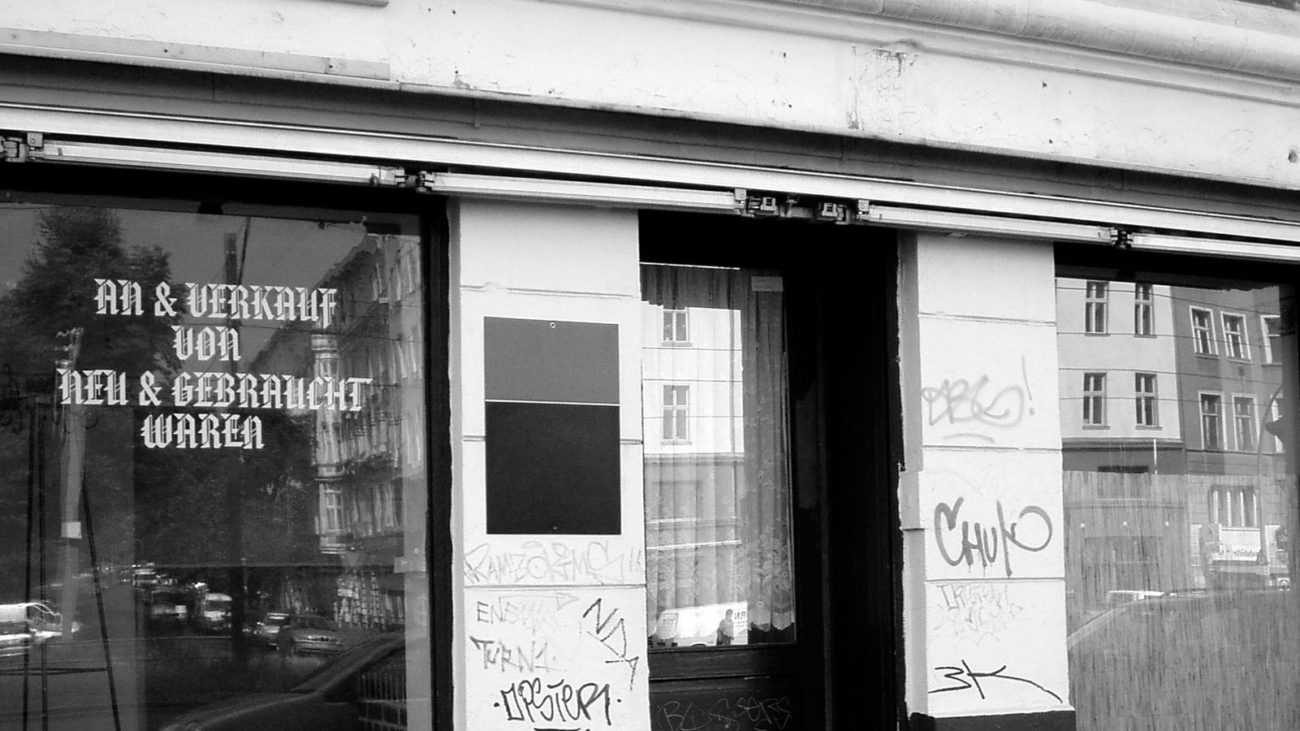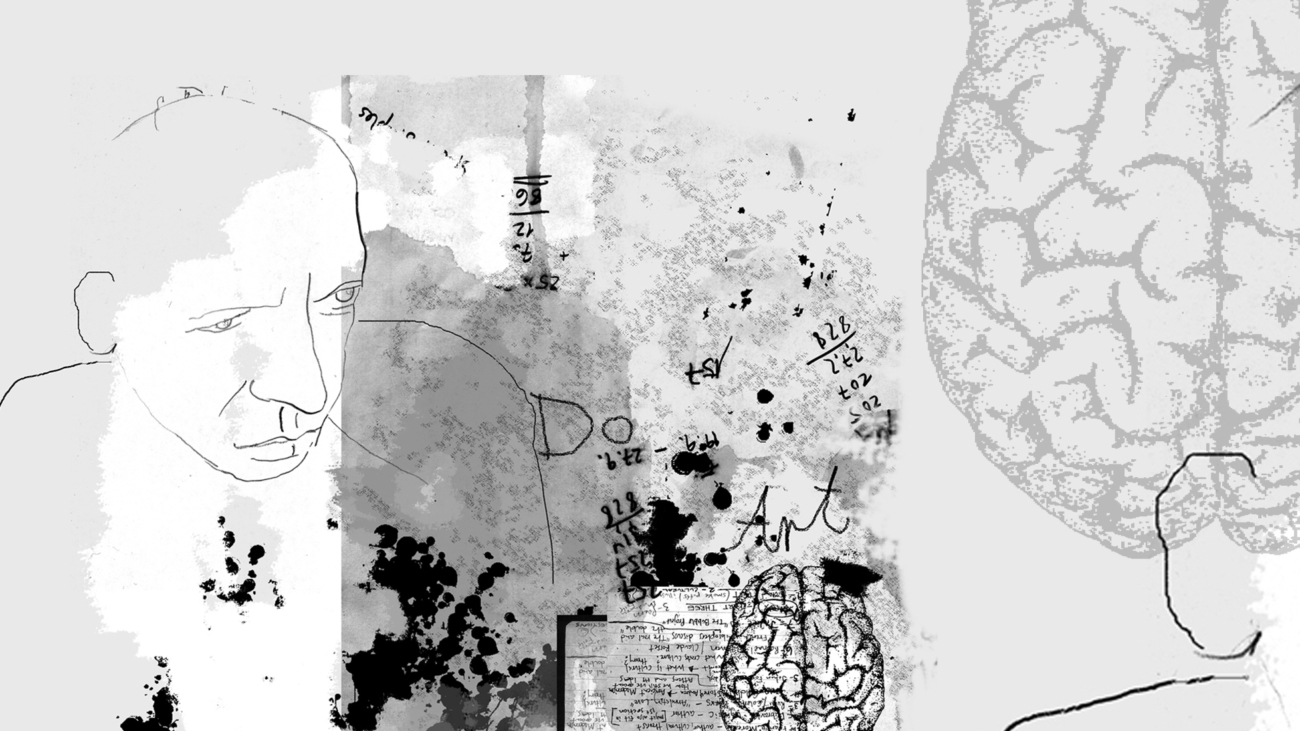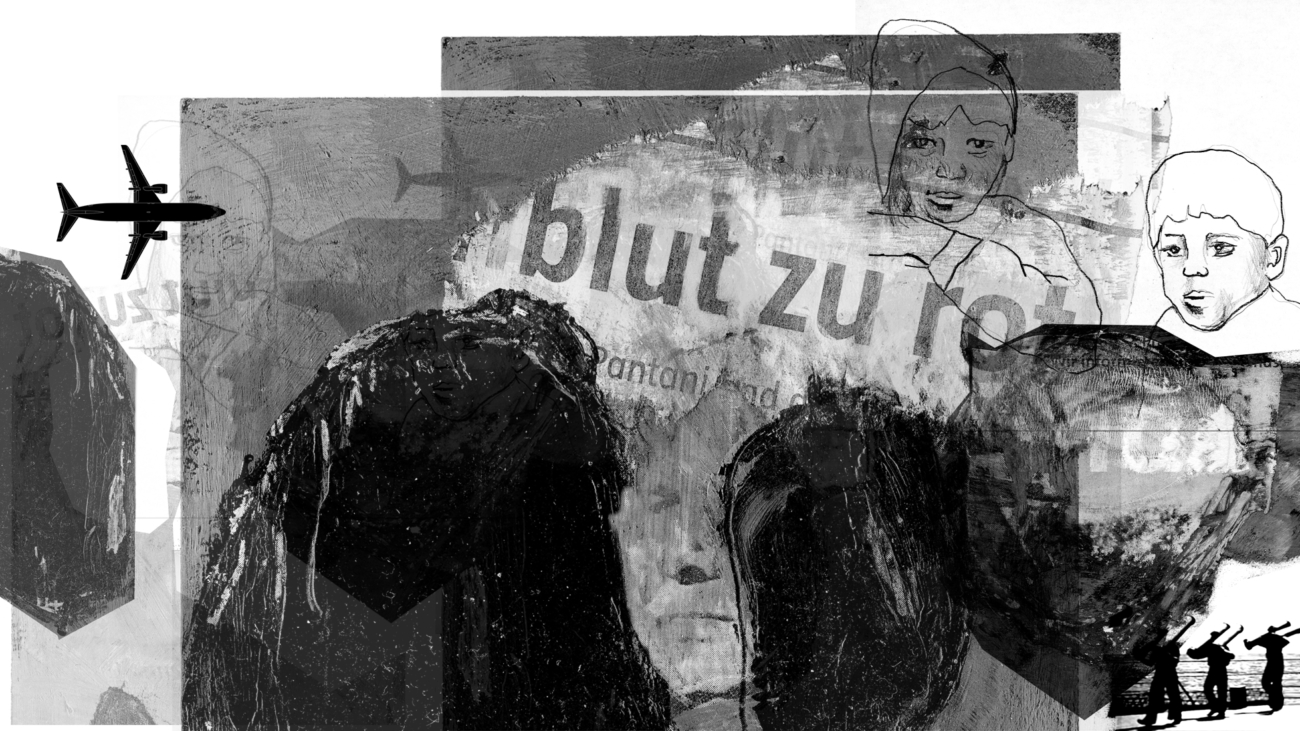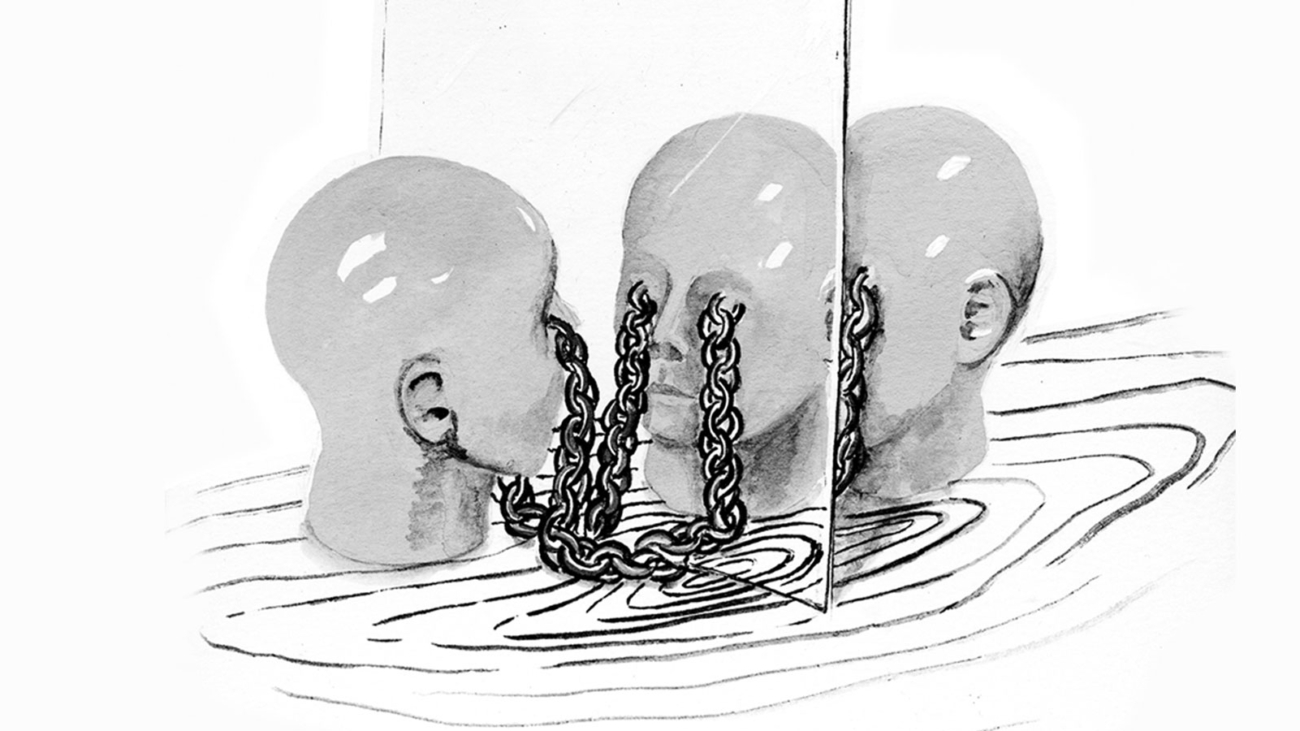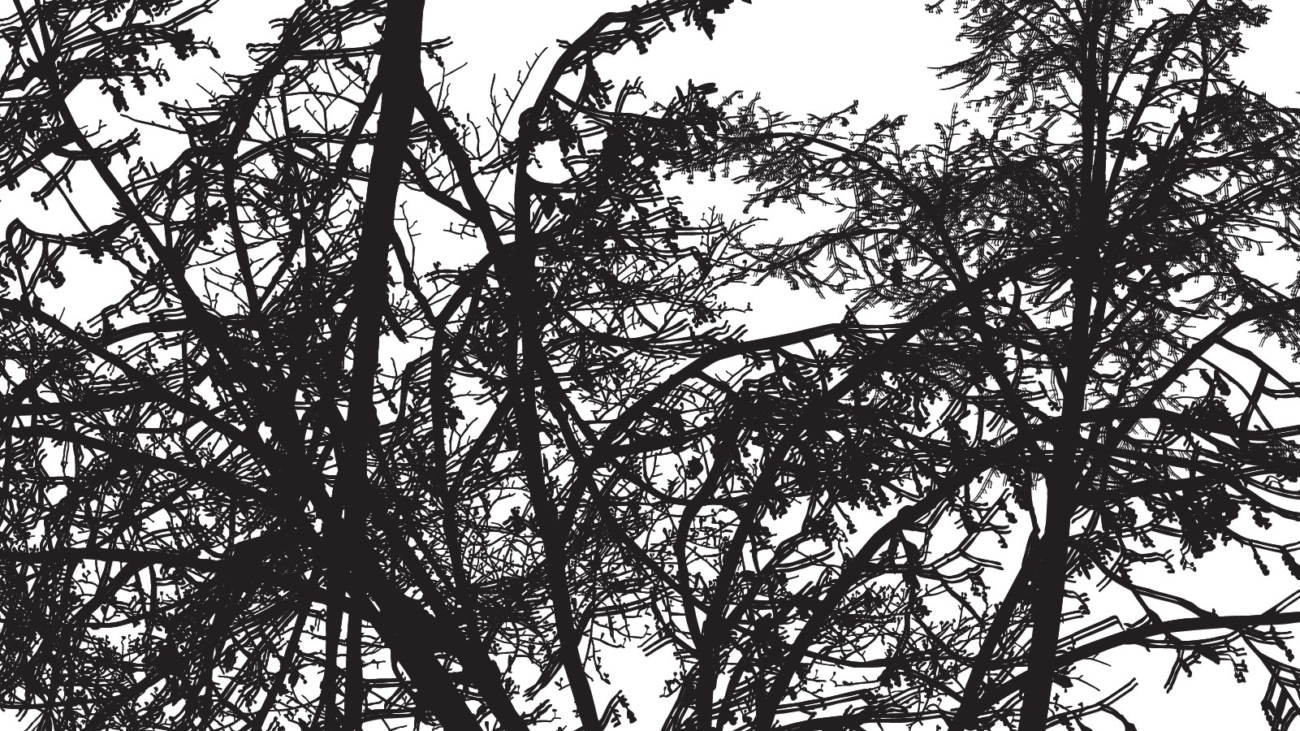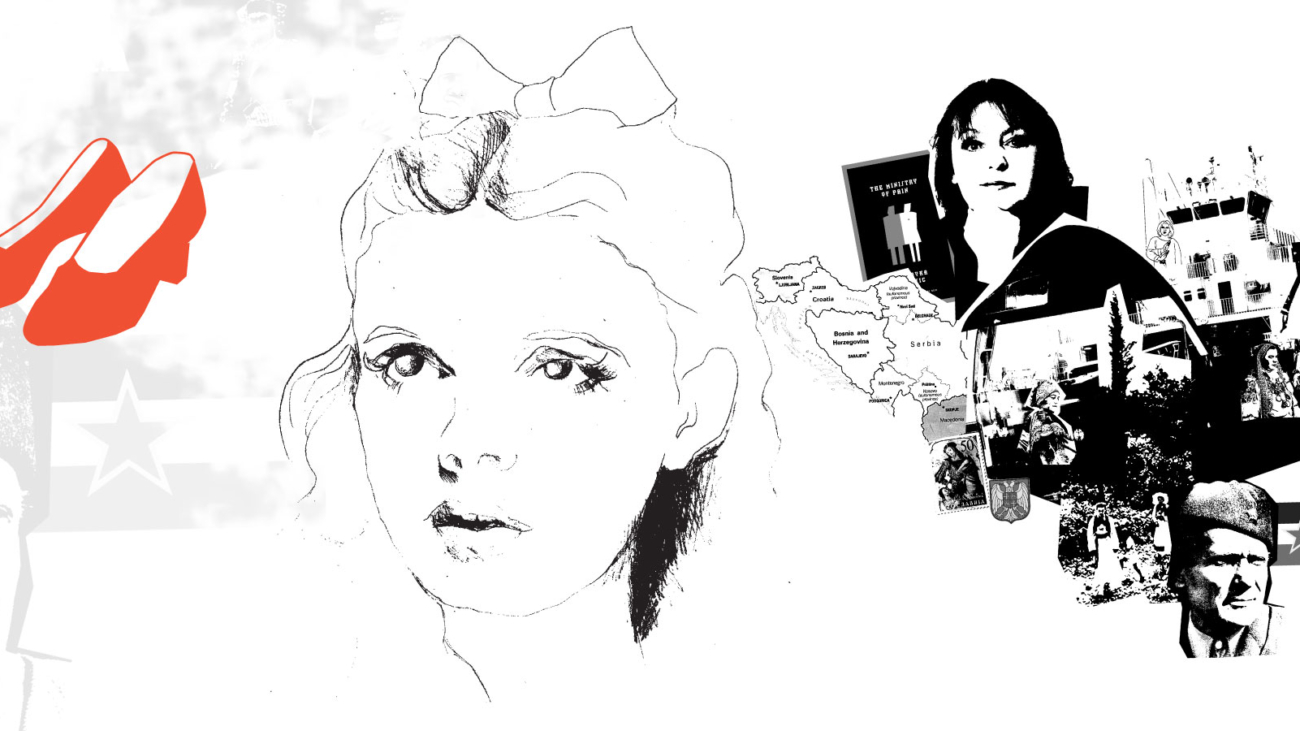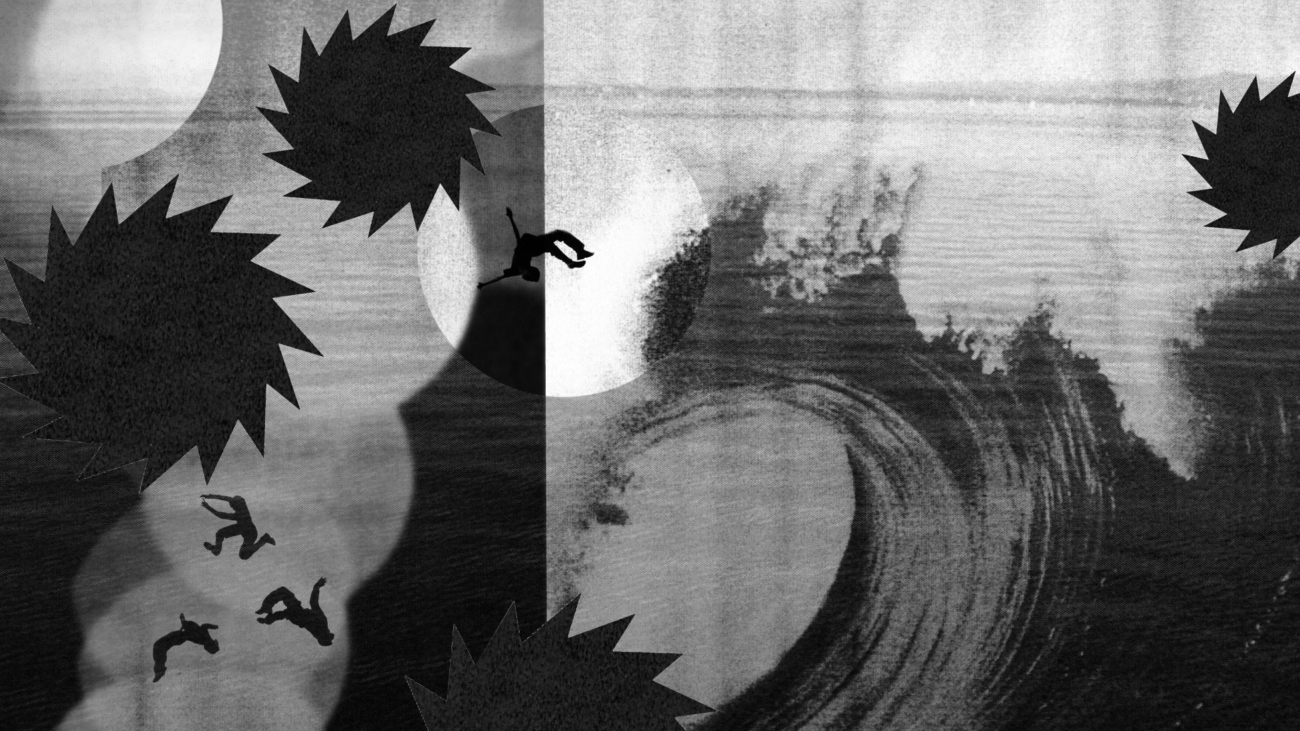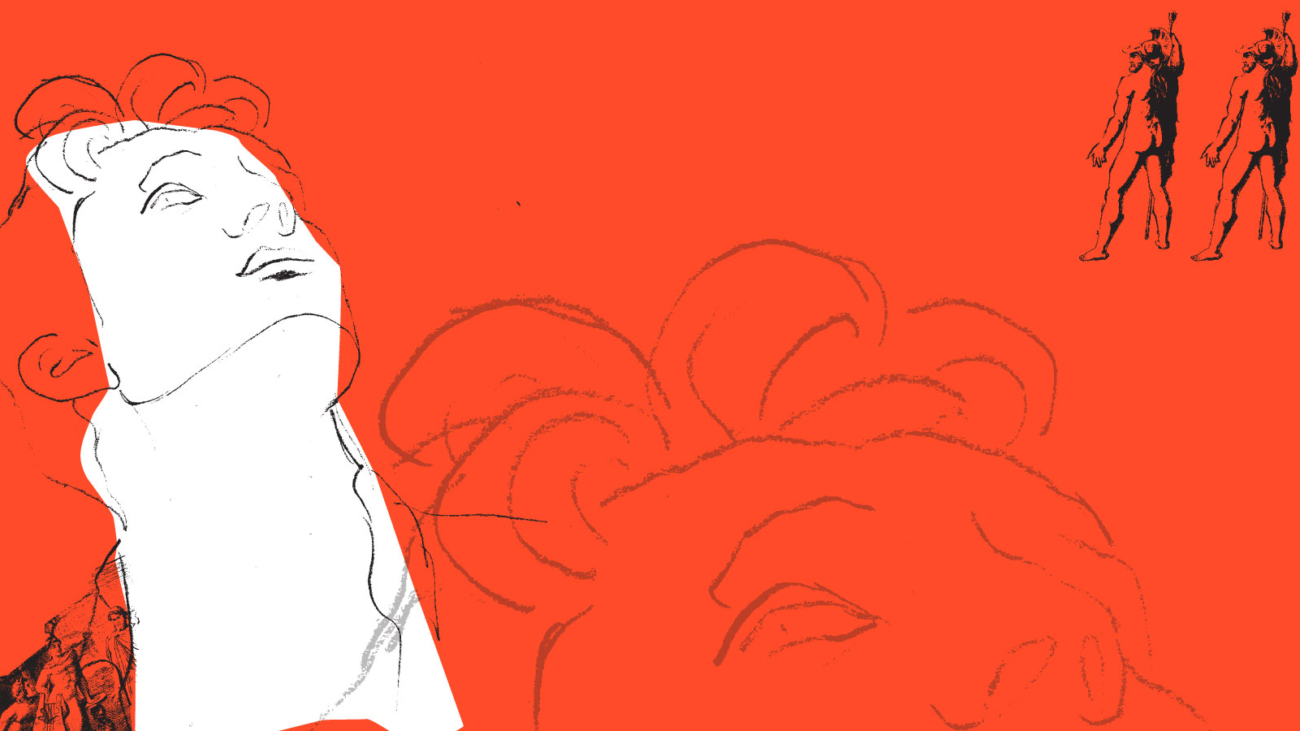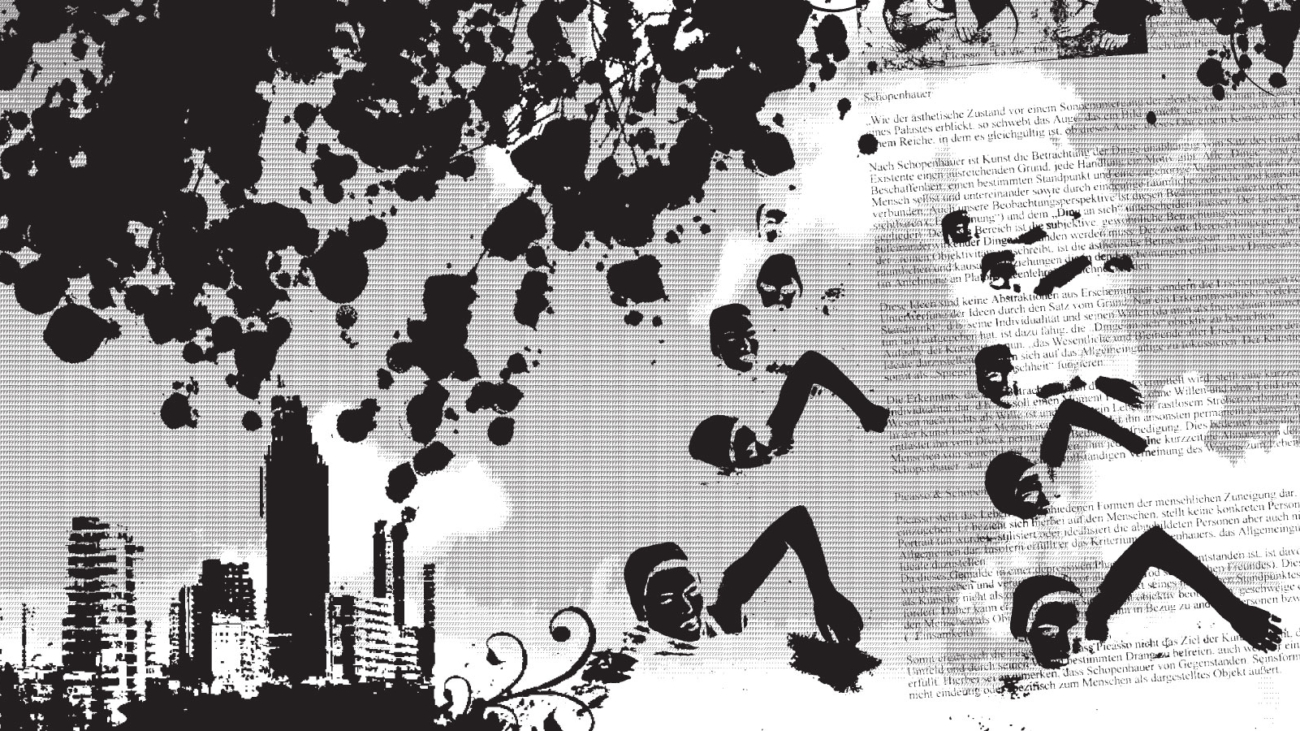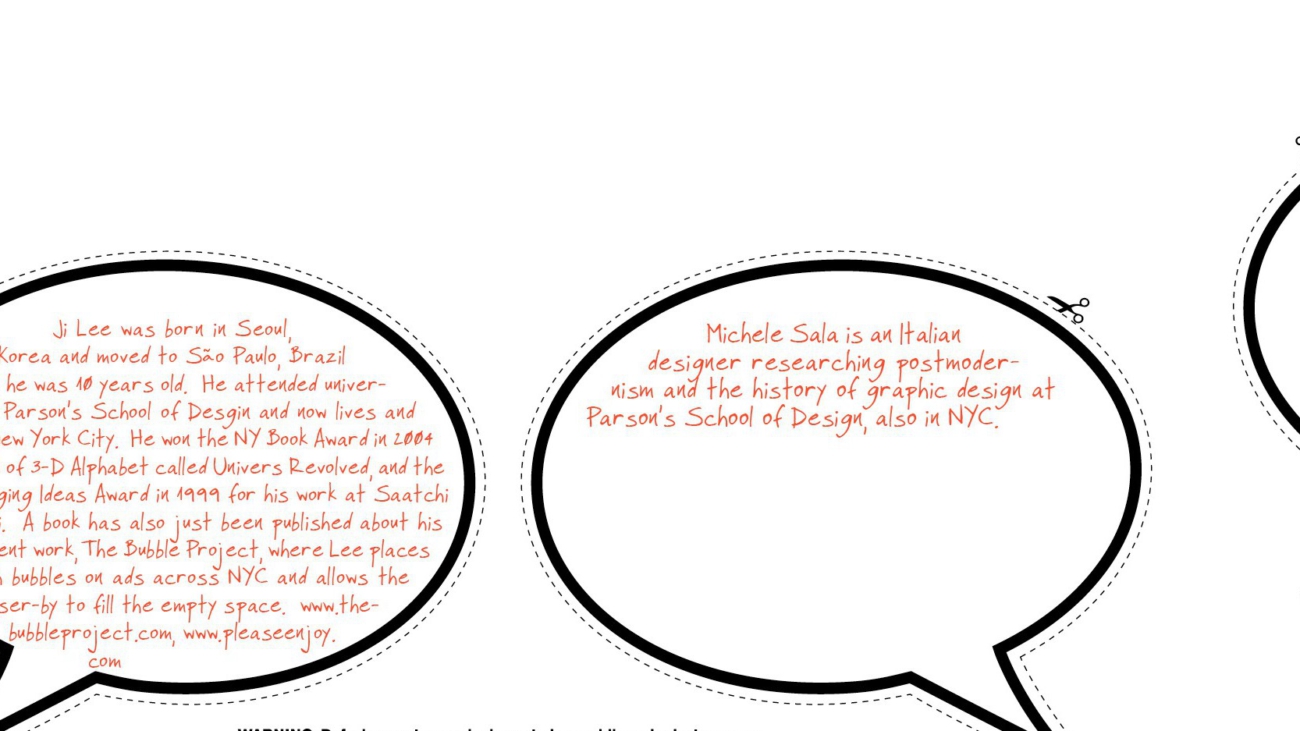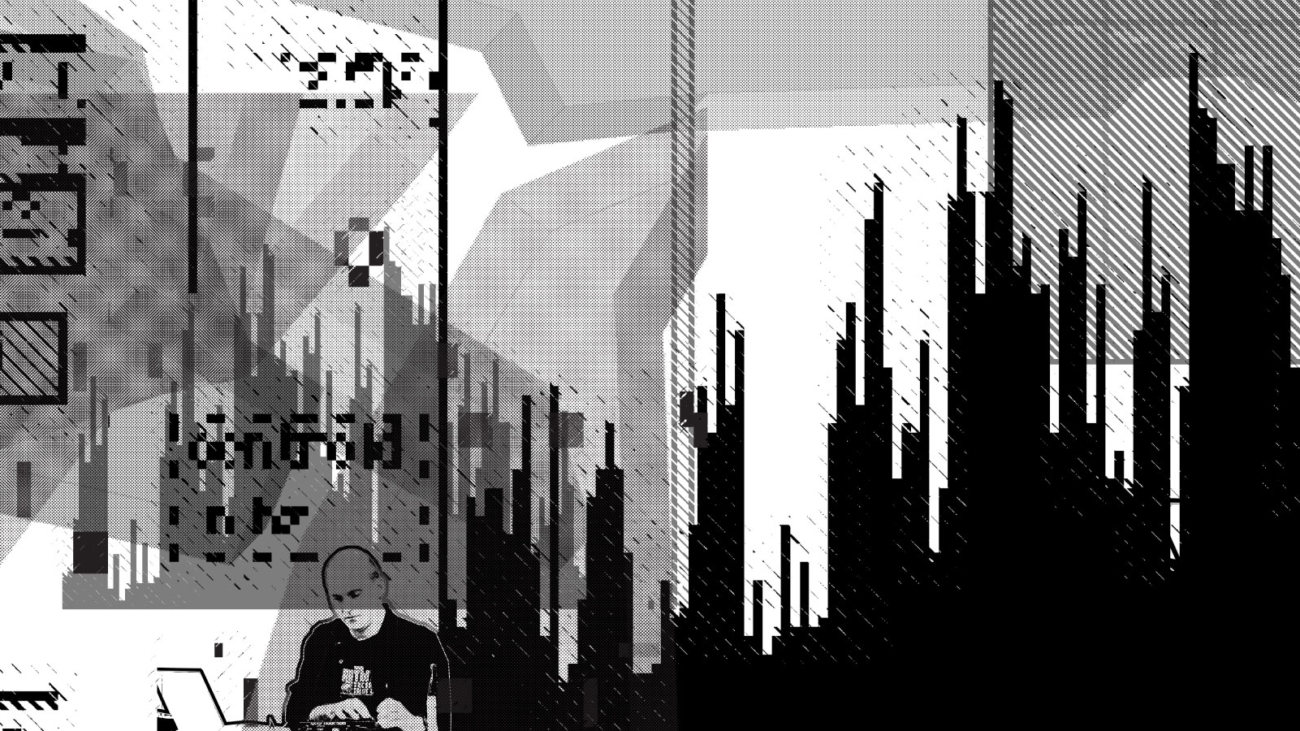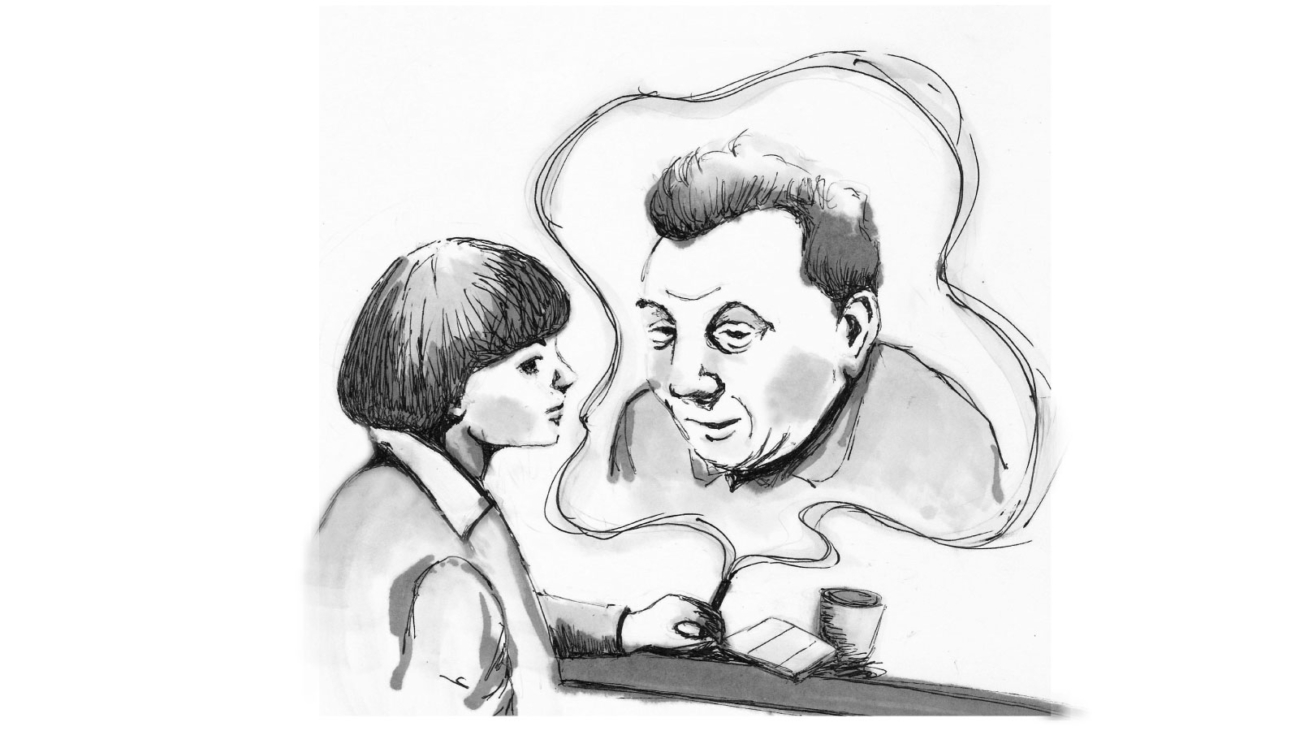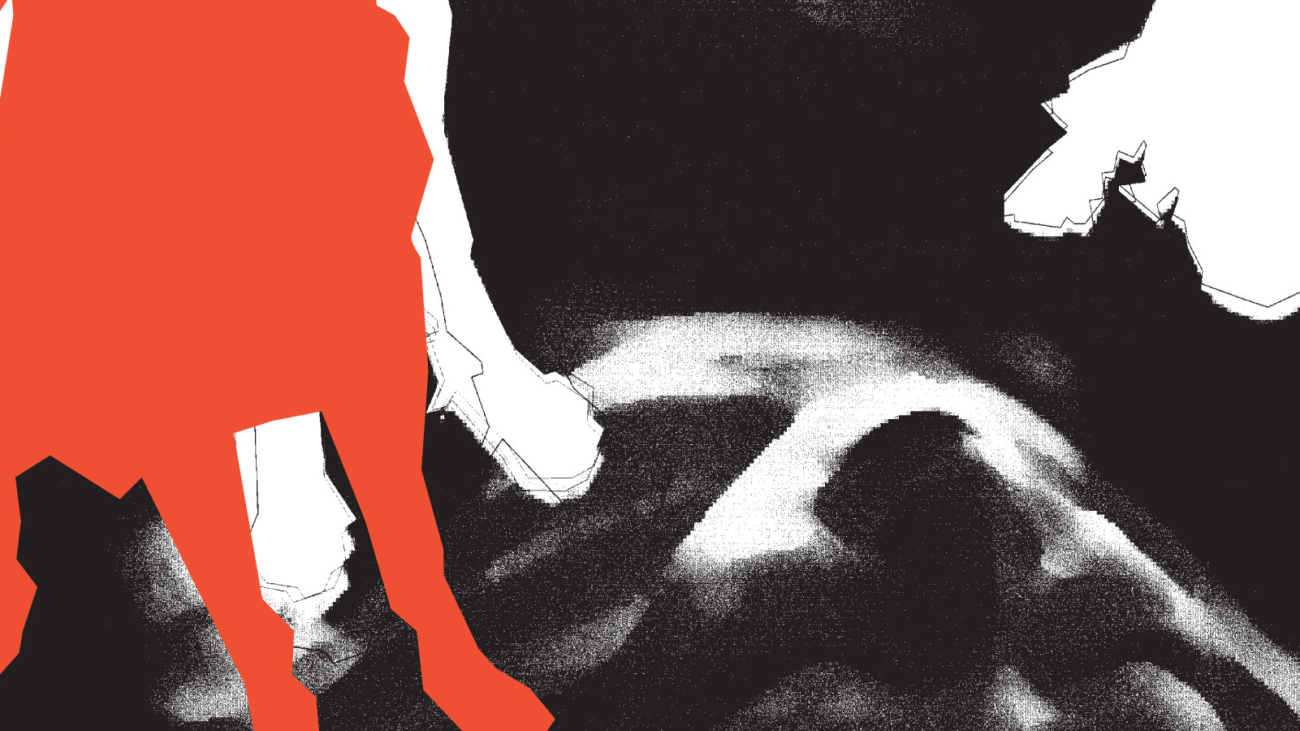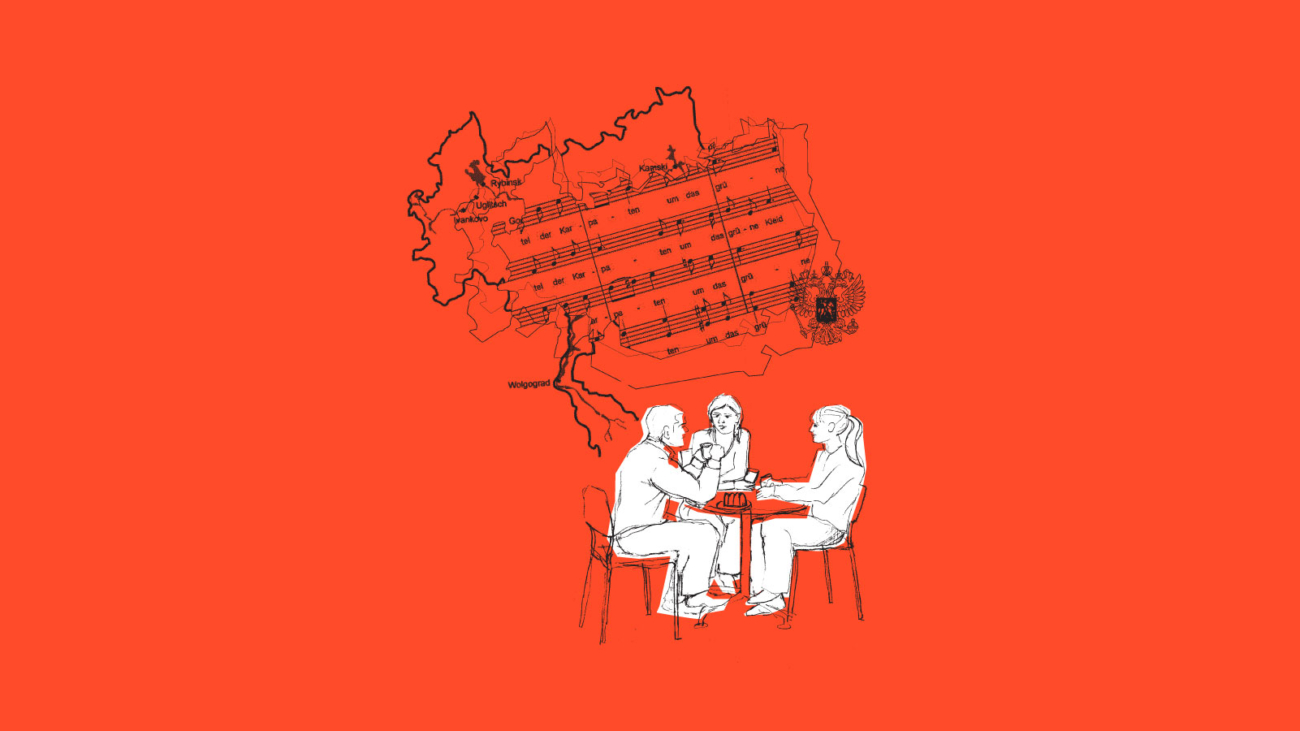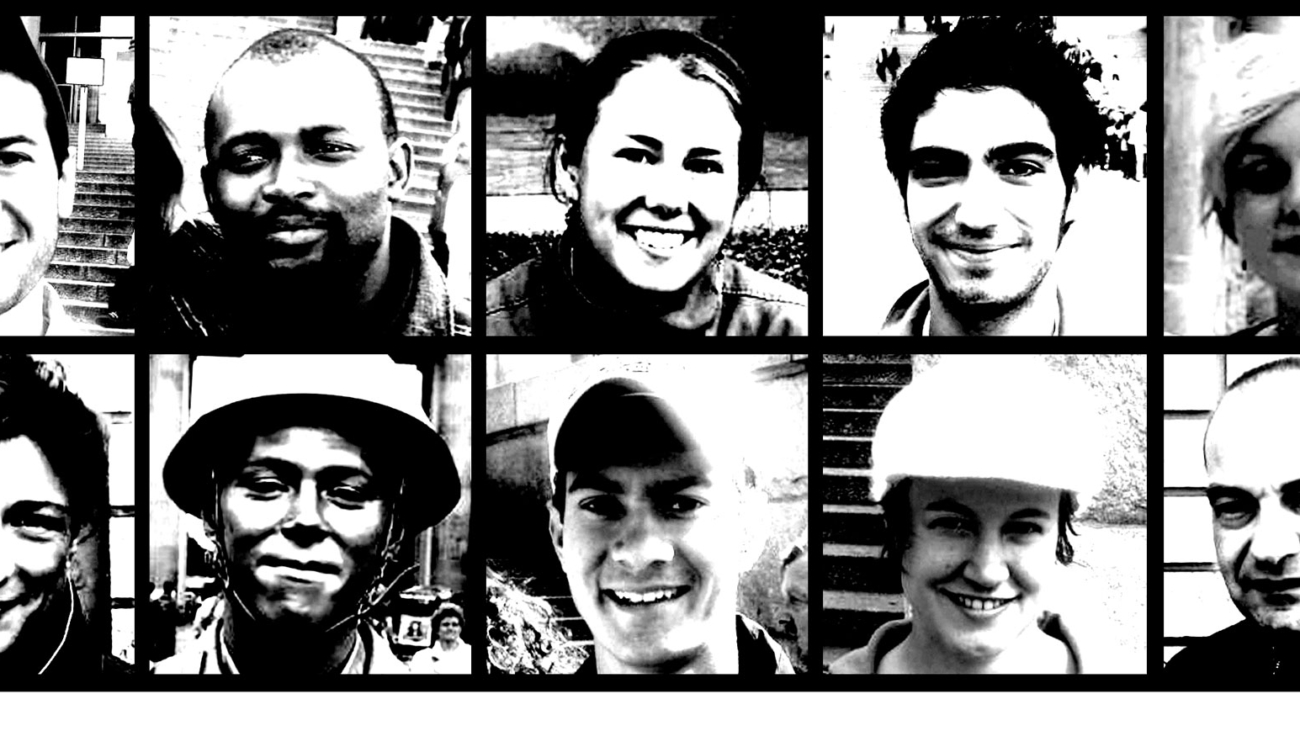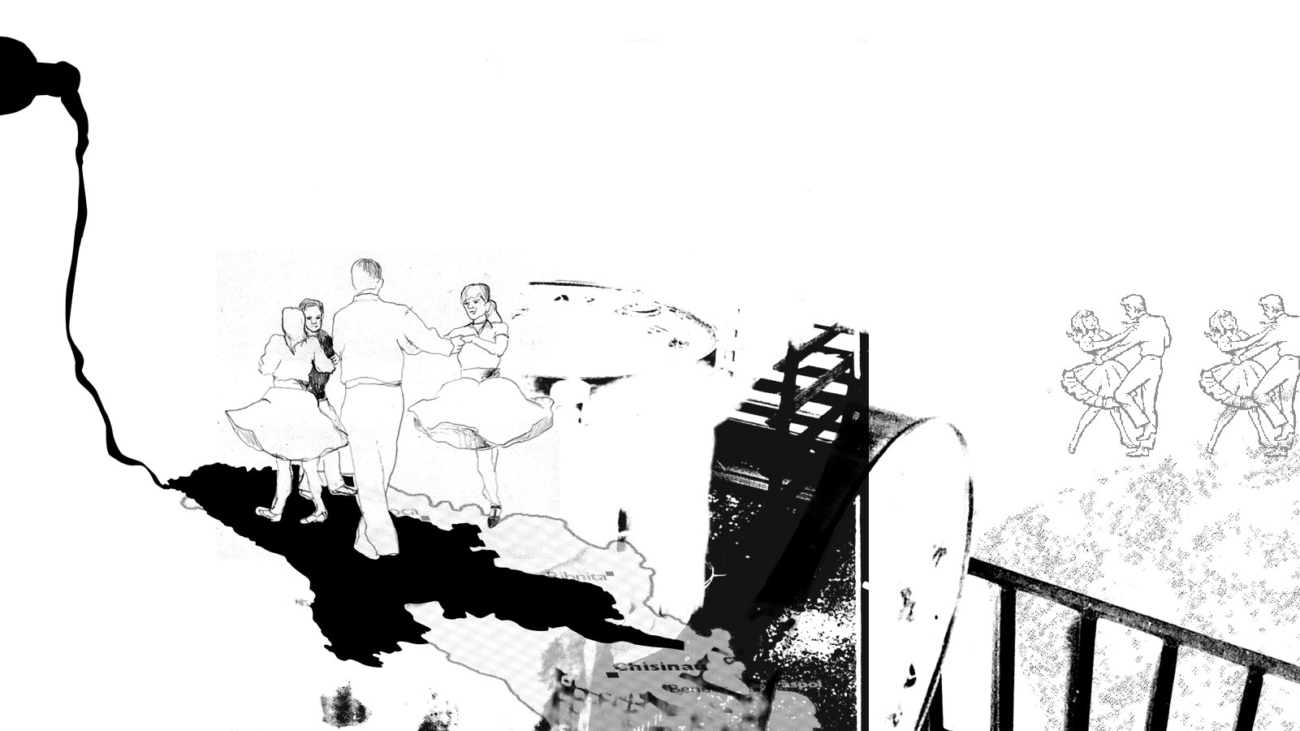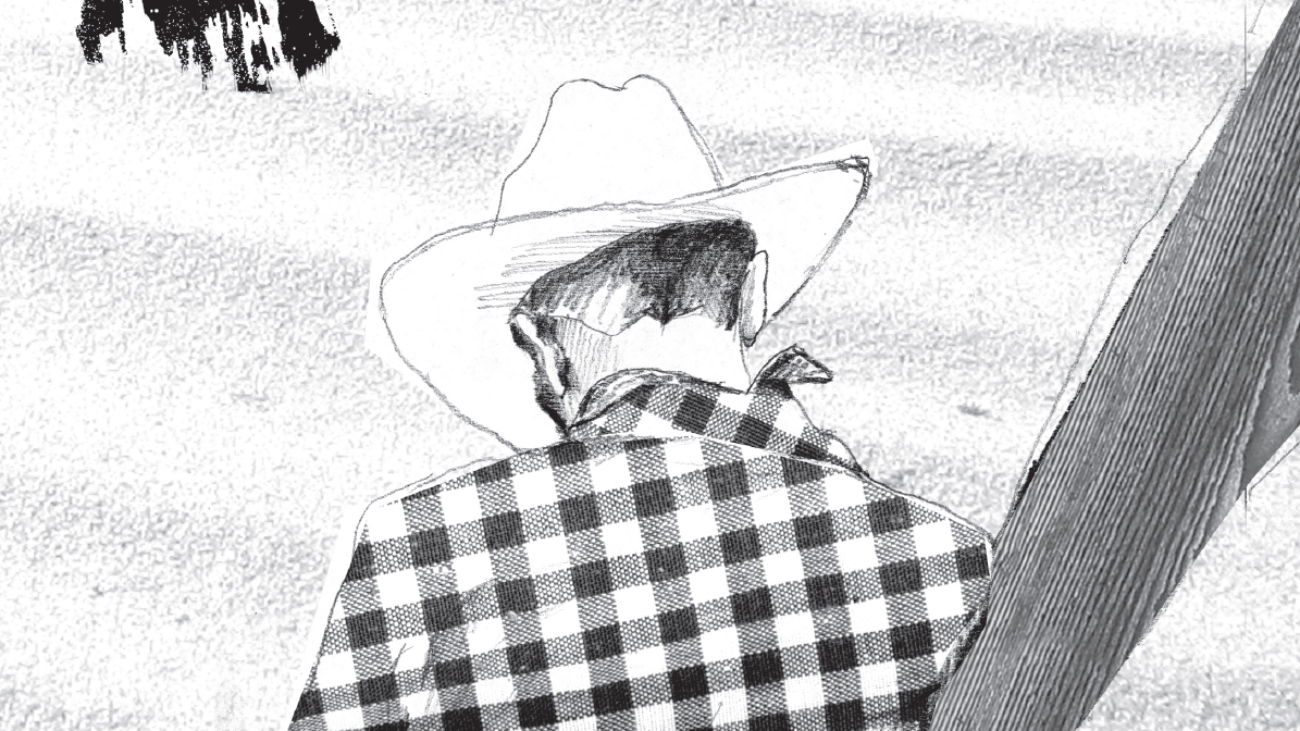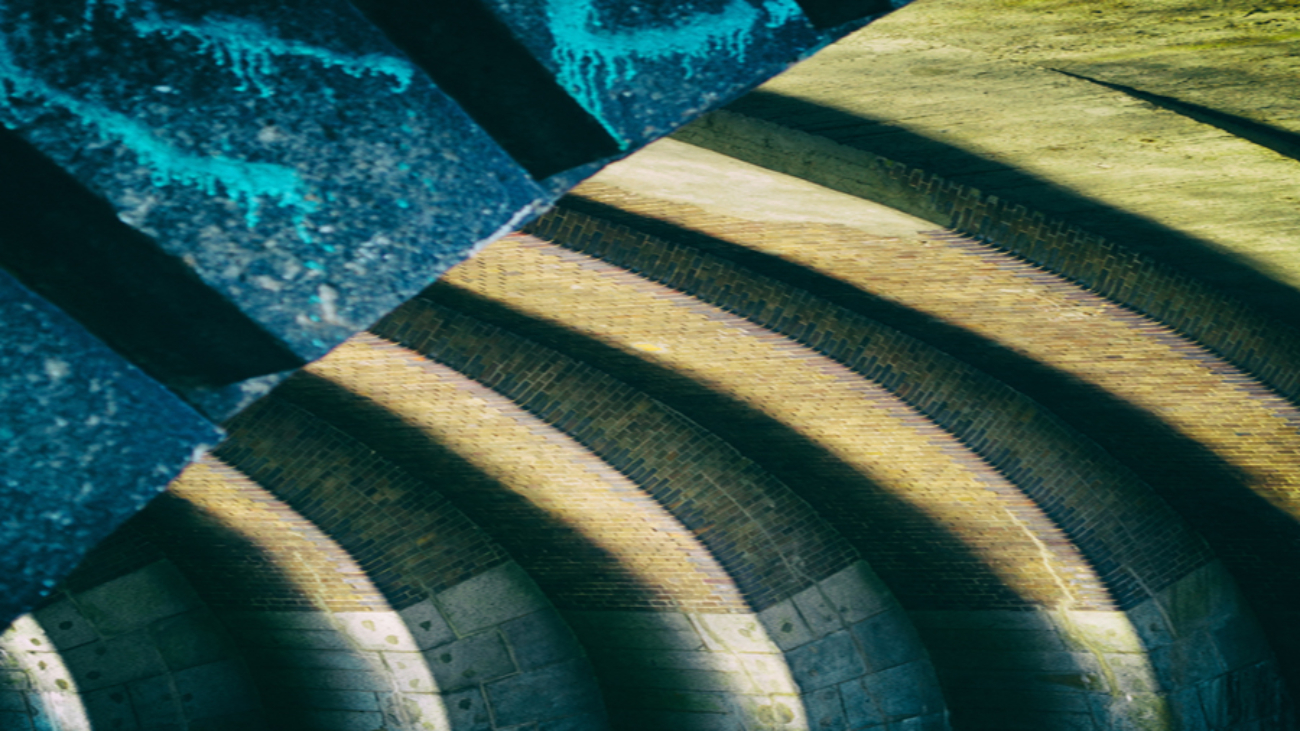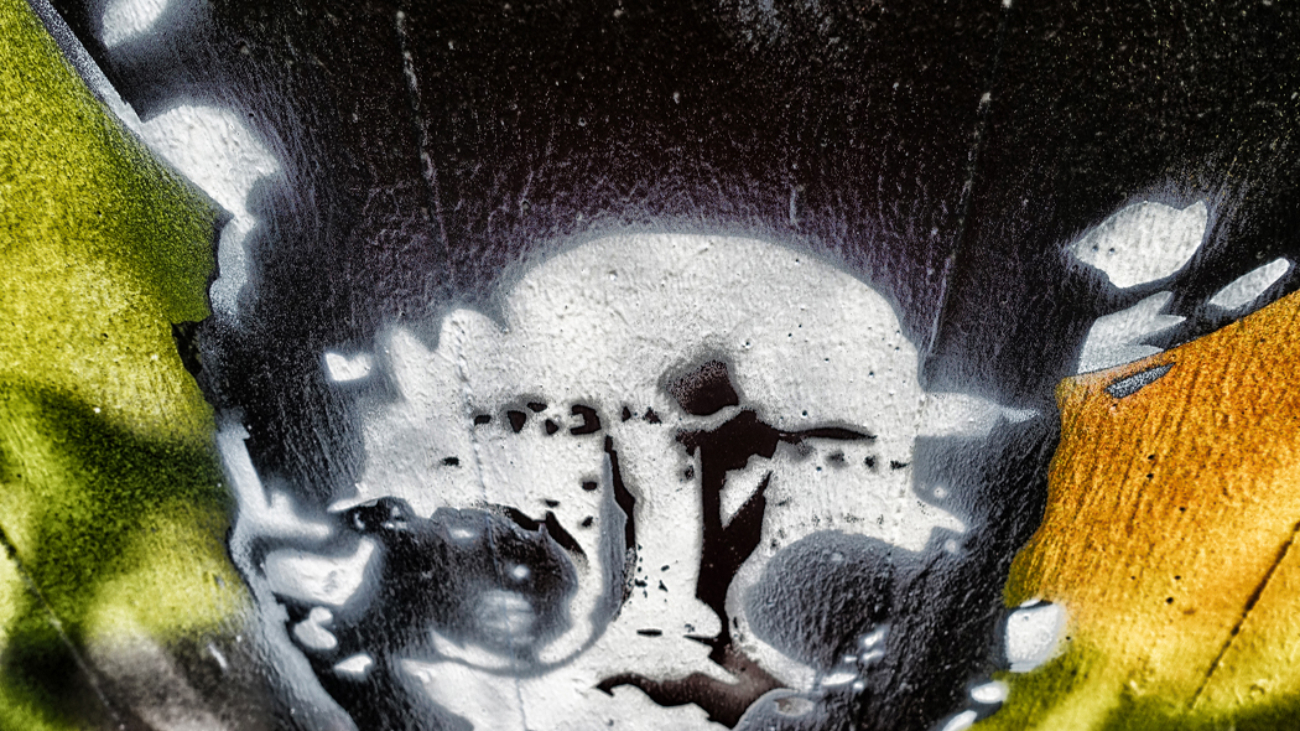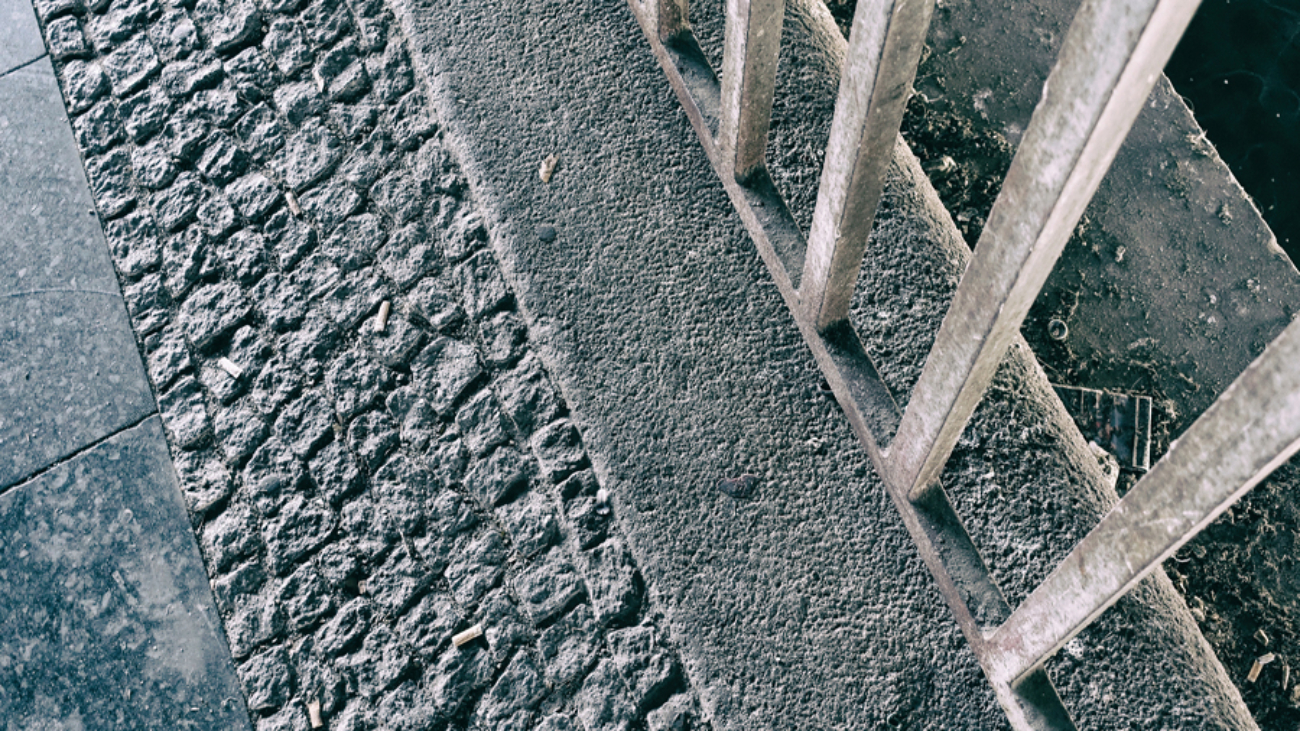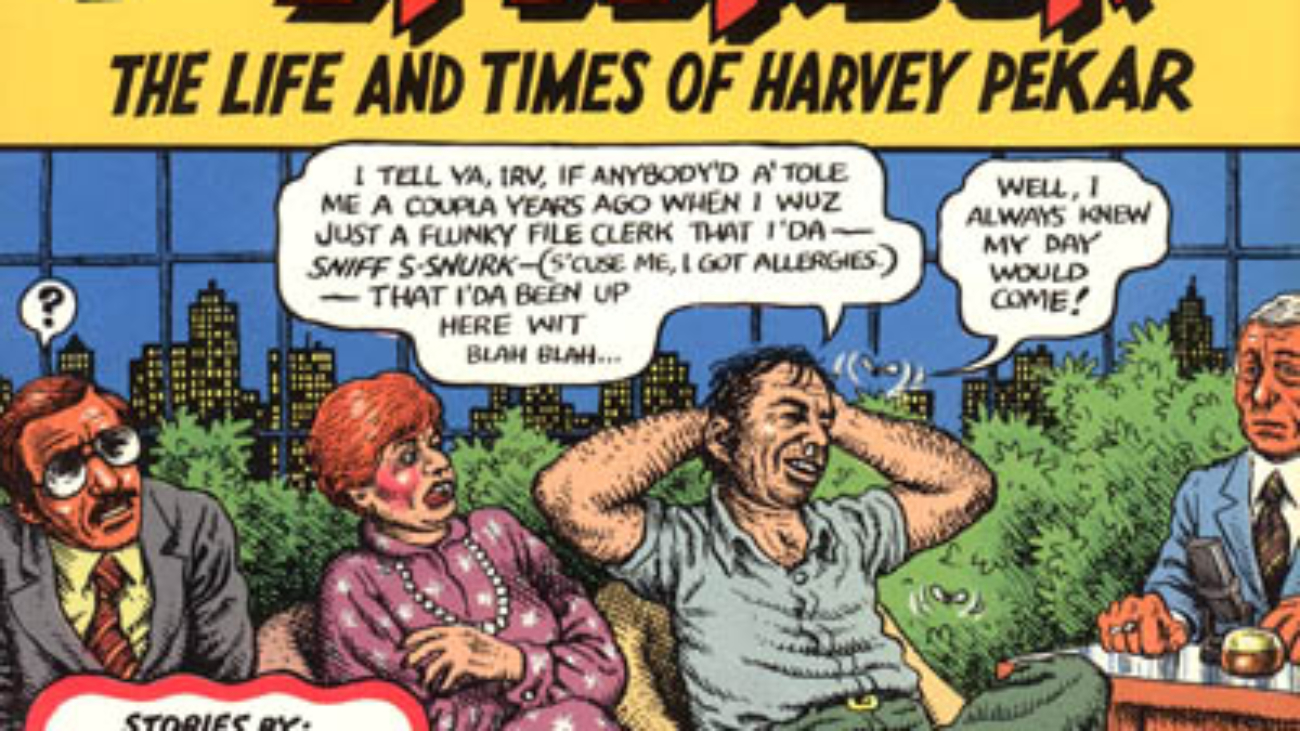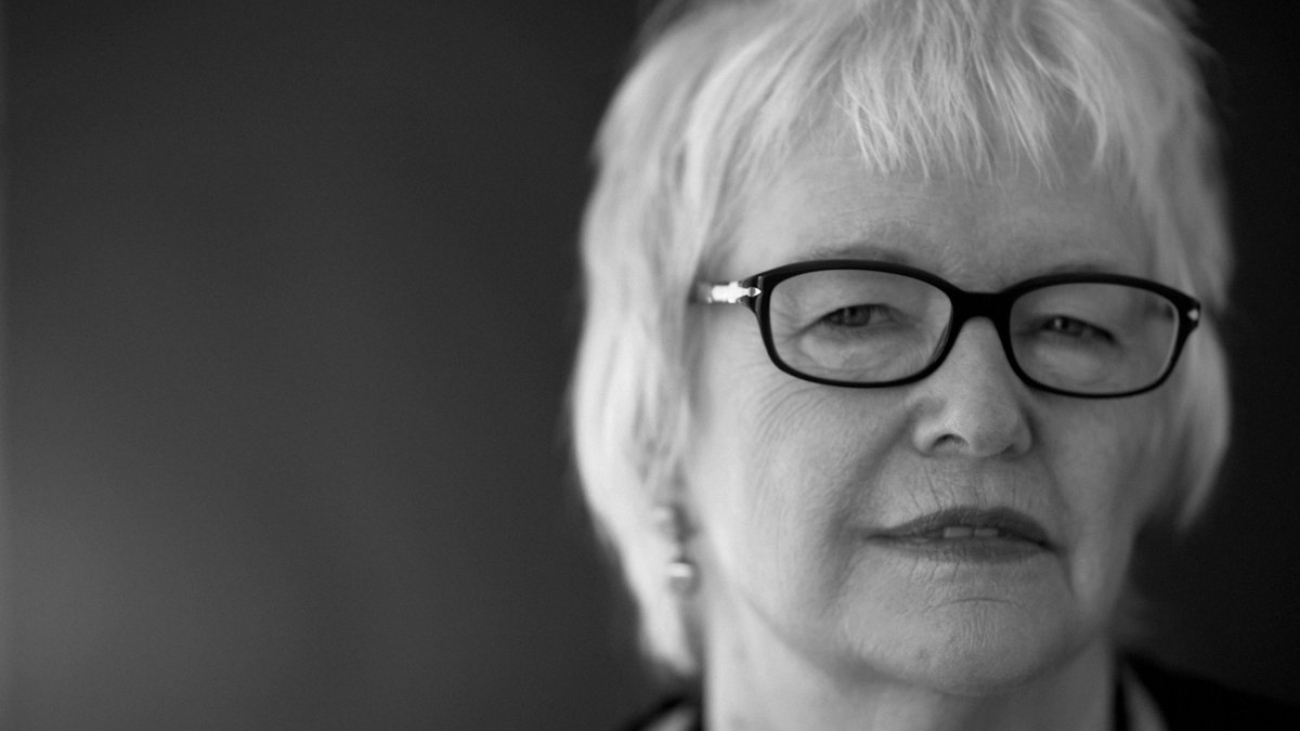A discussion on war and conflict with eco-feminist author Susan Griffin
Susan Griffin is a poet, essayist, and playwright. She was born in Los Angeles California in 1943. The Second World War and the holocaust are events that have had a lasting effect on her thinking, threading in and out of many of her books. Her writing has been described as a body of work which “draws distinctions between the destruction of nature, the diminishment of women and racism, and which traces the causes of war to denial in both private and public life”. Her book Woman and Nature has become the pivotal and founding text of eco-feminist ideas. At the same time, Women and Nature is a prose poem that moves away from traditional conventions of sociological writing. Her book about memory and war, A Chorus of Stones, incorporates new combinations of memoir and biography. A Chorus of Stones was a finalist for both the National Book Award as well as for the Pulitzer Prize. Ms. Griffin has been named by Utne reader as one of the 100 most important visionaries for the new millennium. She has also been the recipient of a Macarthur Grant for Peace and International Cooperation.
Pulse: Reading your book Women and Nature (1978), and being of the generation that grew up after that book was written, it can seem that the challenges women in most Western societies once faced have changed. Many of our experiences as women in the West have been free and full of opportunities due to strong and clear voices like yours that came before and paved the way for us. While we sense the power in your writing and thoughts, there is also a part of us that has a hard time seeing women through this book’s lens. Have things really changed, or are we naïve to react in such a way?
Griffin: Largely because of the women’s movement, there has been a great deal of progress. But we cannot take that change for granted. Not that many years ago the idea that women are equal to men was ridiculed and yet many also denied that women were facing inequality. Now, in the same way that racism has ceased to be socially acceptable, so has sexism. But in many cases, the change is only on the surface. You need to look at real indications, such as pay scales and boards of directors and the number of women in powerful governmental positions and even more importantly, from my point of view, how great an influence feminist values and attitudes (as opposed to the traditional values of masculinity) are being heard in the public arena.
Would you describe the relationship between women and men as one of conflict?
I don’t feel women and men are, on a deeper level, in conflict at all. We have been placed in conflict by history and various institutions. But that is not the real story. Instead we are both suffering from a system of values that is called masculine but really only serves might and power.
We need to look at the question of how discrimination against women is connected with environmental destruction, which is the subject matter of Woman and Nature. Both philosophically and psychologically, the denigration of women is tied to the denigration of matter, of the material world and the earth. This denigration is founded on the separation of spirit from matter. Once nature (matter) and women (who are associated with matter) are stripped of spiritual meaning (which is to say any meaning at all) we become raw material to be used or abused with impunity. These ideas are deeply embedded in our culture. They are consciously believed by some and unconsciously by many others, both men and women. If we want full equality we need to address and change these ideas, which are also, by the way, psychological structures that encourage denial (so dangerous in the age of global warming) and scapegoating of all kinds, including racism.
Do you think it is idealistic to imagine that one day we might be able to see ourselves as both feminine and masculine, that we might be able to recognize that those two things are distinct parts of being human and that each human knows them both?
I don’t think that is idealistic. In fact, it is realistic because that is who we really are. And until we begin to see that what we call masculine and feminine are social constructs that contain qualities that we all have, that are human, we will continue to suffer both individually and as a society from a kind of fracture, a painful and destructive split, in which our reason is not really reasonable and in which we do not learn from our emotions.
Expanding on this a bit: in reading your work, one understands that perhaps it is man’s own emotion that he sees in women, and it is this that he both wants to access in himself and yet also fears. It is a state of „no control” and so he craves to be seduced by it and yet finds it difficult to accept. What are your current thoughts are about this, and, as women, don’t we do this too?
Yes. I expand on this at length in a book I wrote on pornography which is called ‚Pornography and Silence‘. It is not a book that calls for censorship so much as a deeper understanding of what is really going on in pornography, which as a genre provides a classic example of projection. I suppose I ought to write something about this apart from the subject of pornography because some people have misread that book as being anti-sexual. In fact, it is pornography that is anti-sexual, covertly expressing fear (if not terror) toward sexual experience precisely because one cannot be in control of sexual desire, pleasure or orgasm. This explains the appeal of all those corny chains and restraints etc.
Do you see ways in which denial is related to this idea of man fearing emotion, and women being taught to fear it too?
Yes. As a culture we often respond to loss and death by denying feeling and with attempts to exert power and dominate. This may seem rational until you see how often we respond like the Bush administration did to 9/11. After being attacked by Al Qaeda, he launched an invasion of Iraq, a country that in fact was itself in conflict with Al Qaeda. An analogous situation would be when a man loses his job and then beats his wife. I am not saying that you should just sit around ‘feeling’ and do nothing in response to a crisis. But until you allow yourself to know your own emotions, you cannot respond in a constructive way.
Your work is about moving beyond the boundaries of form and perception. Do you think these boundaries are real? Do we set our own limits? Create our own forms?
We are always creating forms and repeating the forms we have been given. Even the most creative forms are made from old forms. Take jazz for instance which mixes African music and Spanish rhythms with classical opera and African American spirituals: jazz itself constantly creates new kinds of music.
Are boundaries real? Some are. The walls of the human cell constitute a very intelligent boundary that can detect what will be nutritious or what will be harmful. Those walls only let in the good stuff. One of the reasons that toxic radiation is so harmful to the body is that in addition to being harmful to DNA and cellular functioning, it destroys cellular boundaries. So some boundaries, as long as they are not rigid, are vital to our survival. But other boundaries are imagined. The idea that women are inferior in math and science is a boundary we need to move past. There was a well known author who served on the board of NEA for a while who openly said he would not give grants to women writers because he said we had inferior minds. That is a boundary that we need to get past. Having the courage to cross such boundaries is important. But boundary crossing can also become a fetish; it can become empty, as in a product such as Proctor and Gamble’s “all new” detergent.
Do you think it is sometimes necessary to go to extremes in order to break these delusions of denial?
I have to know what you are calling extreme to answer that question. In other words, I can’t answer it in the abstract. One person’s extreme is another person’s bright idea. If you are talking, for instance, about using violence toward other human beings for social change, I would say I am against that. Though I am not against self-defense. It’s sometimes very hard to draw that line and one should never draw it abstractly as in ‘that person or country or company or organization’ is going to harm me one day so I’d better initiate an attack. Abstraction will lead you to do things you will regret and that are, in the flesh, often cruel if not immoral.
Is seeing a situation clearly and specifically sometimes a matter of accepting it, of looking at it without judgment? Do we have to do this before it will change?
Acceptance does not imply stupidity. Acceptance means that you have simply taken in the reality of what is, and though this may seem easy, it is not. Depending on how traumatic or painful an event or a situation is, it can take years to accept the reality of it. Judgment often gets in the way of acceptance. It’s a covert way of appearing to master a situation. But I am not categorically opposed to judgment. I believe some actions — the abuse of children, the bombing of unarmed civilians, torture — are wrong and those who do these things ought to be brought to justice. We must declare collectively that these actions are wrong, as we did in the Nuremberg trials. In fact, bringing perpetrators to justice often helps bystanders or even victims to accept the reality of painful events. Acceptance, not without but separated from judgment, can be important if you want to understand larger social patterns that create immoral acts. And added to this mix, discernment is crucial. To refine your perceptions, to look carefully, to use the same intelligence the walls of your cells do in differentiating one thing from another.
Do you think we create conflict as a way of finding knowledge?
I don’t think we create conflict in order to know. I think conflict can arrive from ignorance. Then conflict is just reality knocking. And in this way, a conflict can create us, at least if it gives us an opportunity to know ourselves.
How do you see the relationship between living from this place of radical honesty and our ability to widen our boundaries, increase perspective and understanding in our private lives and perhaps also in the wider world?
I like this phrase “living from a place of radical honesty.” Authenticity. It’s much like the experience of hearing a note that is right on pitch. In that state, you often open your heart, feel more deeply, and see more clearly. So of course you do widen your boundaries: It’s a natural part of that state of mind.
Would you say this is the main meaning of our lives? To awaken like this?
Yes. And to love.
You write that the word secret has an erotic edge. If we live in this kind of honest and lucid state, without secrets, is there still eroticism? Is there still mystery? Isn’t this something we need as well?
Of course. The world is an erotic place. We are fields of energy. We are always exchanging our selves, our breath, our consciousness, with trees and air and the sun and water and other people and the food we eat. Every sound we hear vibrates in our own bodies. Every thing we see becomes part of us. The more we are honest, which means being present to ourselves, the more alive we are to the world, the more we feel this Eros. So of course there is mystery. The mystery of otherness which comes from respect, from really taking in existence. The mystery that a tree exists, for instance. All the science I have ever learned about trees does not erase the mystery of its being. Nor has that science erased the mystery of my own being either. But I love these mysteries. They are not the same as secrets. Because you feel them and know them and even swim in these mysteries. They do not occlude love (as secrets do), they invite it.
That’s beautiful! To realize that mystery invites love, and secrets occlude it. In that sense, secrets also lead to denial. And in politics, as you suggest, it is often denial that people follow because it gives them a false sense of control. In accepting the truth and the mystery, in not denying it, are we left feeling unsafe?
Well, yes. When you give up denial, you will feel unsafe. But then another kind of safety builds. It is more like a state of trust. Not in fate or some god who will always make things go your way but in existence itself, the depth and profundity of it all. This is a far more realistic sense of safety, and you realize over time it is also more reliable and you don’t have to sacrifice either your intelligence or the full dimensionality of your emotions to have it.
You write: “There are events in our lives that we cannot understand because we keep a part of what we know away from understanding.“ Would war be impossible if we didn’t keep this part away from understanding? Is this the same idea as not denying the masculine and feminine within ourselves?
Yes. But who is the “we” here? War is not an event caused by individuals. Our part in it may be just to have relinquished power to a dictator or an unwise leader—such as we had on 9/11.
I can’t answer your other question here because it would take too long. I wrote a whole book about it (Chorus of Stones). Only I will say that gender is basically a system of denial and it’s a system that I believe came from war and in turn helps to aid and abet war. Briefly, the qualities which are supposed to be masculine are really the qualities of a good and loyal soldier—not feeling, denying fear, being tough, aggressive etc. You need to make men into good solders if you’re going to build an empire. So our idea of masculinity got invented to make soldiers. Our ideas of femininity I think got invented from the separation I mentioned between meaning and matter, but also from the need to keep the home fires burning, to have someone to create a place that is peaceful, yet at the same time stripped of any meaning in the polis or public sphere; a place that doesn’t threaten the war makers, where the wounded, tired soldiers can go to repair. And where we can preserve that which is really at the core of human experience – feeling, sensuality, mutual sustenance, nurturance.
As you write, the desire to avoid humiliation and shame plays a very big role in politics. Is this the biggest cause of conflict?
No. But it is underrated. Especially among political leaders. It inhibits courage. And it’s a common feeling in a society based on competition and rank and domination. We all have it.
William Blake talks about how brothels are built with the bricks of religion. Do you think it is our suppression of emotion that causes us to have to contend with humiliation and shame? If we were living honestly, in touch with our desires and emotions, would there even be any such thing as shame?
That’s a great question. I think it should stand by itself, speak for itself. The question is true.
As we discussed our questions for you here, I began wondering what your thoughts are in terms of the role or existence of paradox. It comes up a lot in your work: the way both one thing and it’s opposite is somehow true: war is about tradition, but it is also the way we advance (physically, technologically); we want to connect to the world and people around us and yet fearing this connection, we see ourselves as alone…
I actually love paradoxes. I remember when I learned this world as a girl, I tried to use it as much as possible. And probably still do. Paradoxes are not intrinsically bad. I believe our current view of the physical universe is paradoxical – that matter is made of both particle and waves at the same time. War is a tradition yes, but it is also an orientation, an approach. It is in us, in a sense, and we live in a culture that supports that tendency or that possibility more than others. For this reason, I don’t think the innovation that comes from war and the tradition of war is a real paradox. They belong to the same intent.
Freud talked about paradoxes being explained in the unconscious. But also, opposites are attractive (and attract each other as in positive and negative charges). Two strong colors against each other are very exciting to behold.
In your books, you write very beautifully about Germany and its history. I’m wondering if the subject of war led you to Germany, or if it was your experience with Germany that led you to the subject of war?
War came first and then Germany. I grew up in a generation shadowed by the holocaust, which was still happening in the year I was born, 1943. So ever since I learned about the holocaust, which was when I was about 7 years old, I turned my thoughts to this history, with anguish but also with the desire to learn. This must have been intensified because I was adopted by a Jewish family. Most of my family of birth came from Scotch, Irish and Welch backgrounds, but there were some German ancestors and some who were probably Jewish though they “passed” as gentile. Probably because of the war, no one talked very much then about German ancestry. In that period many people demonized Germans, including me. Once I began writing about nuclear weapons, I naturally wanted to know if there was a connection between these weapons and the holocaust and I found one in concentration camp Dora. After that I made several trips to Germany and made deep connections with several German men and women with whom I felt empathy in response to the stories they told me. So in a sense war brought me to demonize, whereas trying to understand war brought me to connection and compassion.
Interview by Andrea Hiott, 2010.



